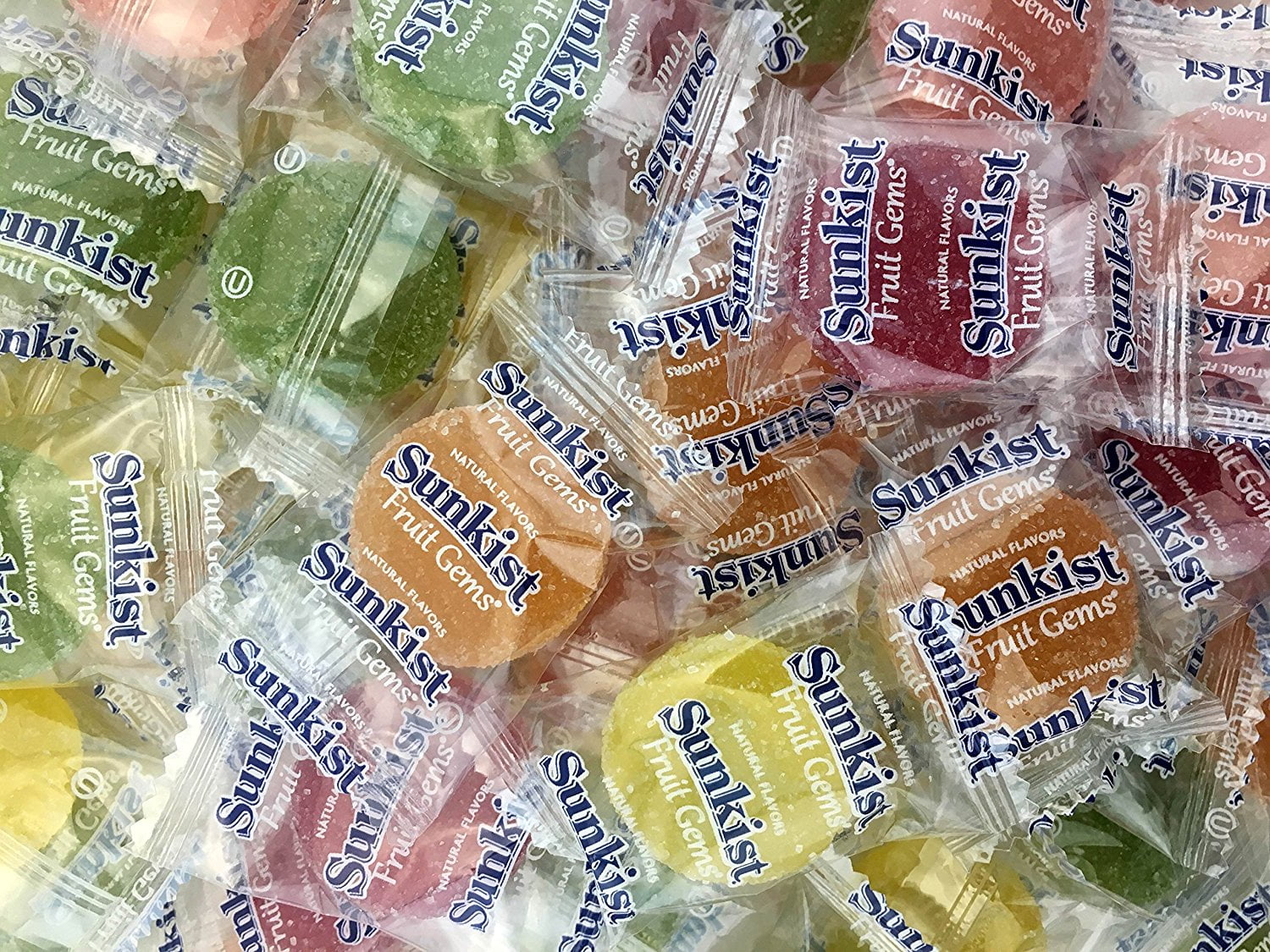

Sunkist has three levels of organizational hierarchy: local, district, and central associations. In 1952, it changed its name to Sunkist Growers, Inc. By 1905, the group represented 5,000 members, 45% of the California citrus industry, and renamed itself the California Fruit Growers Exchange. The exchange initially included growers from Los Angeles County, Orange County, and Riverside County, and later expanded to growers and groves in San Bernardino County and Ventura County. It originally represented only growers of oranges: in 1896 lemon growers joined as well. Dreher (1877–1964), and several other prominent citrus farmers and land owners formed the Southern California Fruit Exchange in Claremont, a small college town near Los Angeles. Dreher and his son, the "father of the California citrus industry" Edward L. The economic depression that began in 1893 worsened farmers' situations, and intensified their desire to self-organize to their own benefit. In the late 1880s, California citrus growers began organizing themselves into cooperatives, with the goal of increasing profits by pooling their risk and increasing their collective bargaining power with jobbers and packers. History Women packing oranges at the Sunkist packing plant, Redlands, California, 1943 It is the largest fresh produce shipper in the United States, the most diversified citrus processing and marketing operation in the world, and one of California's largest landowners. Through 31 offices in the United States and Canada and four offices outside North America, its sales in 1991 totaled $956 million. It is currently headquartered in Valencia, California. Sunkist Growers, Incorporated is an American citrus growers' non-stock membership cooperative composed of 6,000 members from California and Arizona.


 0 kommentar(er)
0 kommentar(er)
